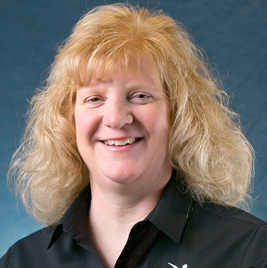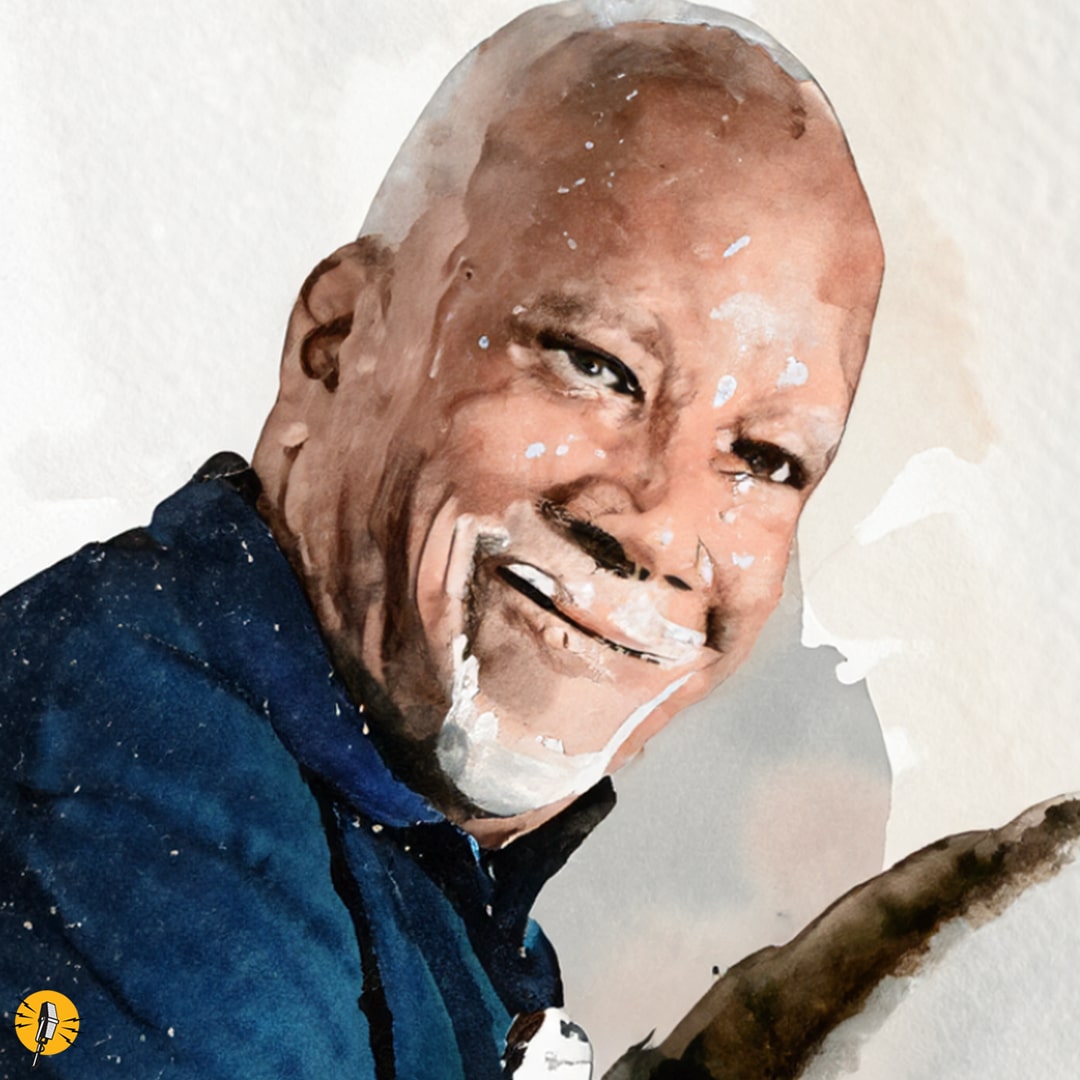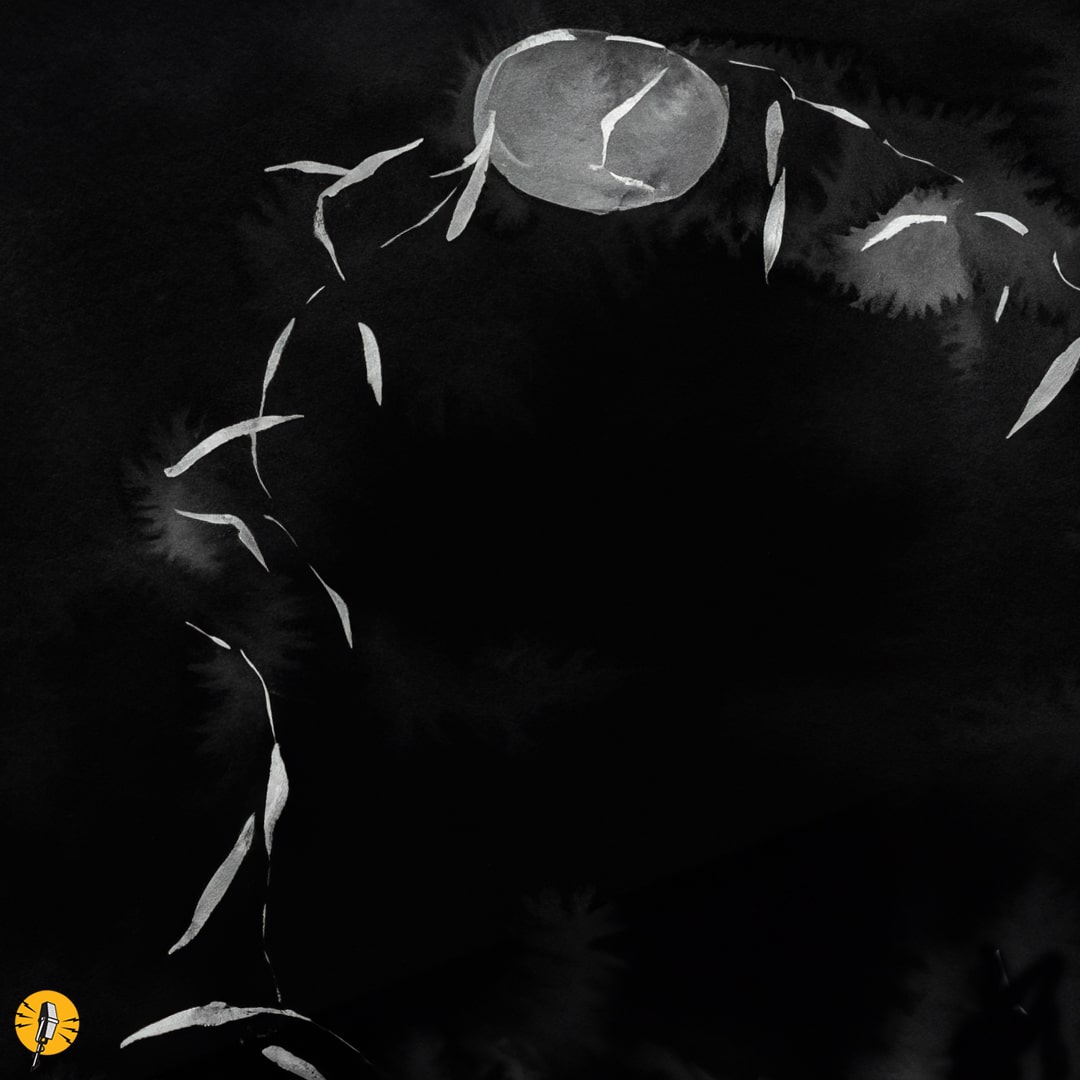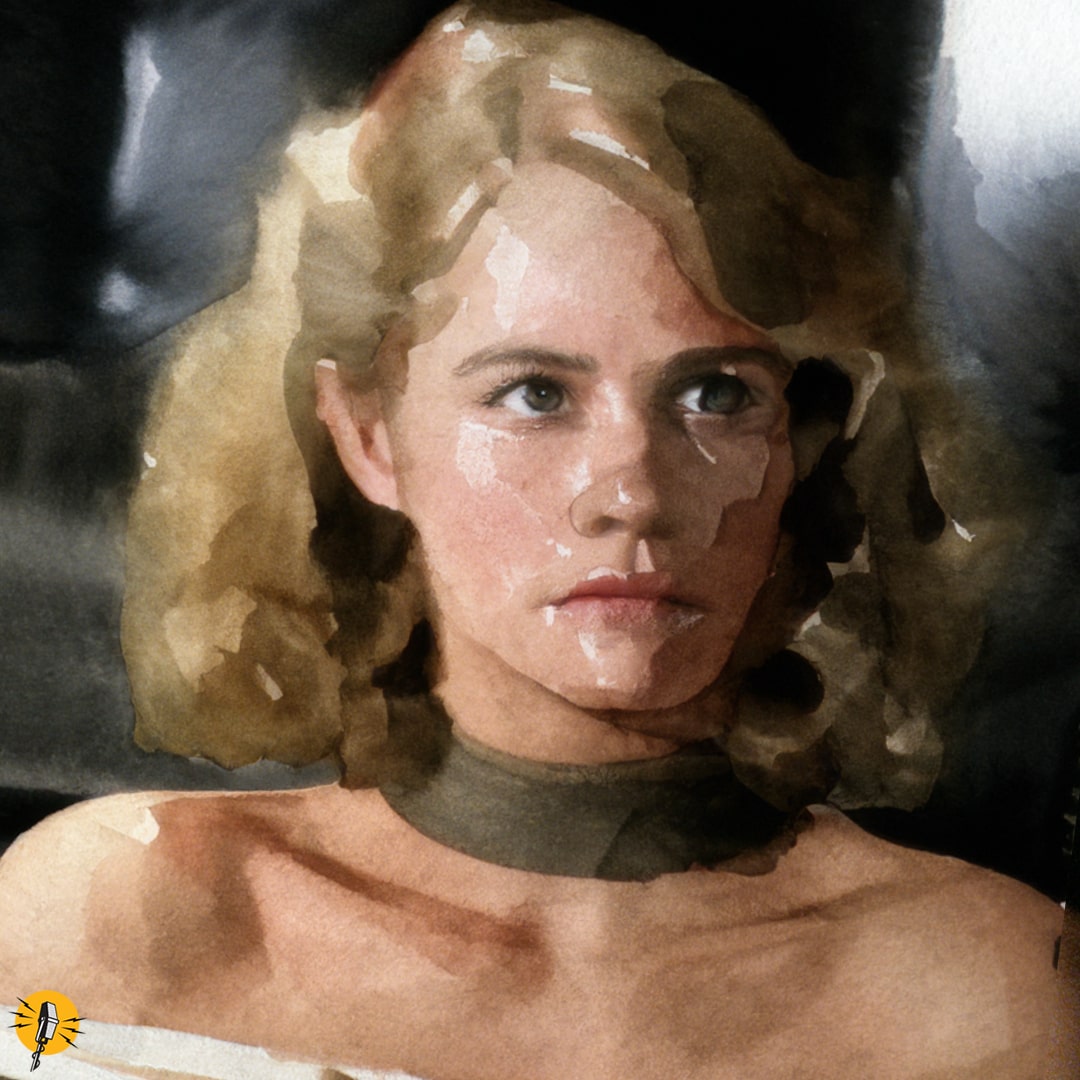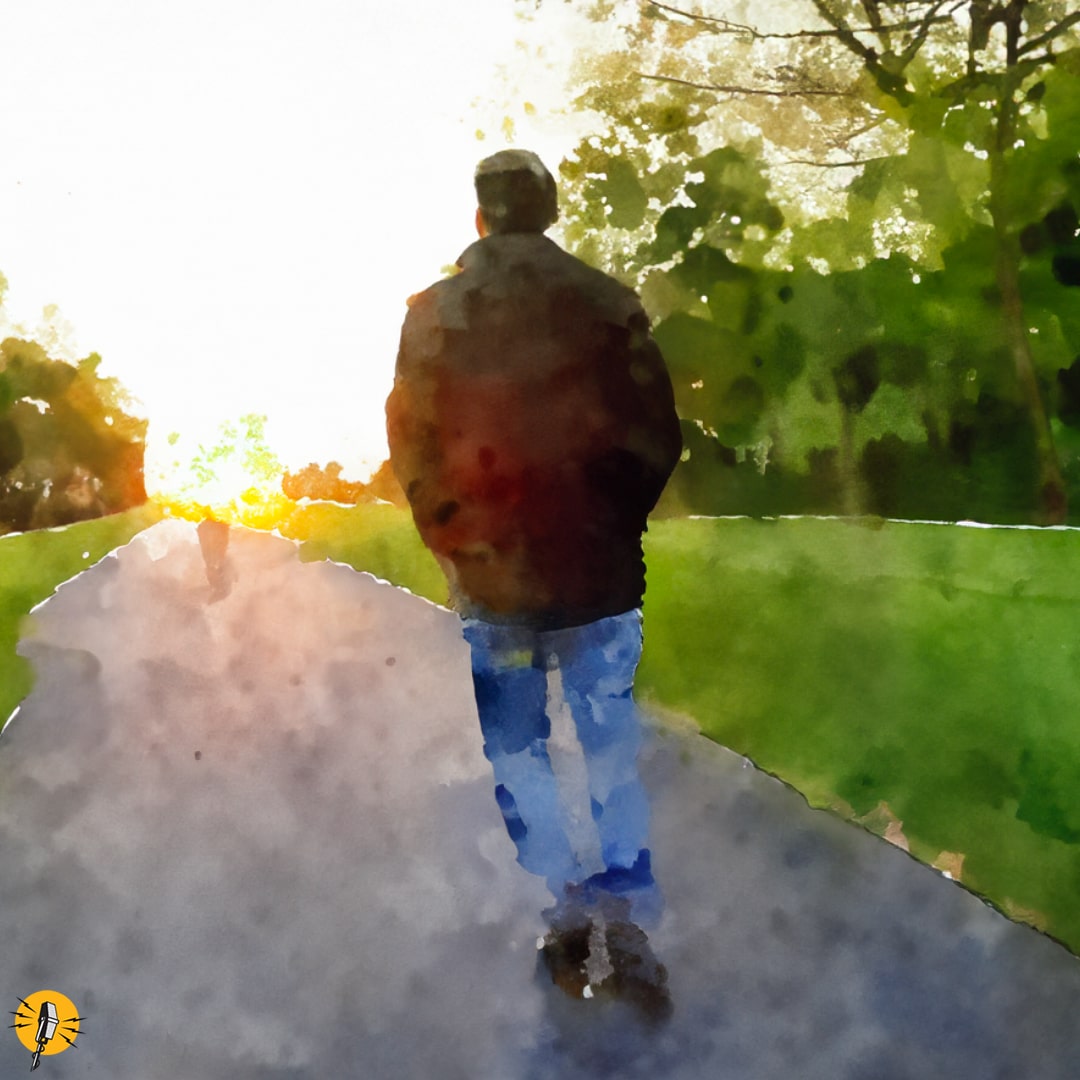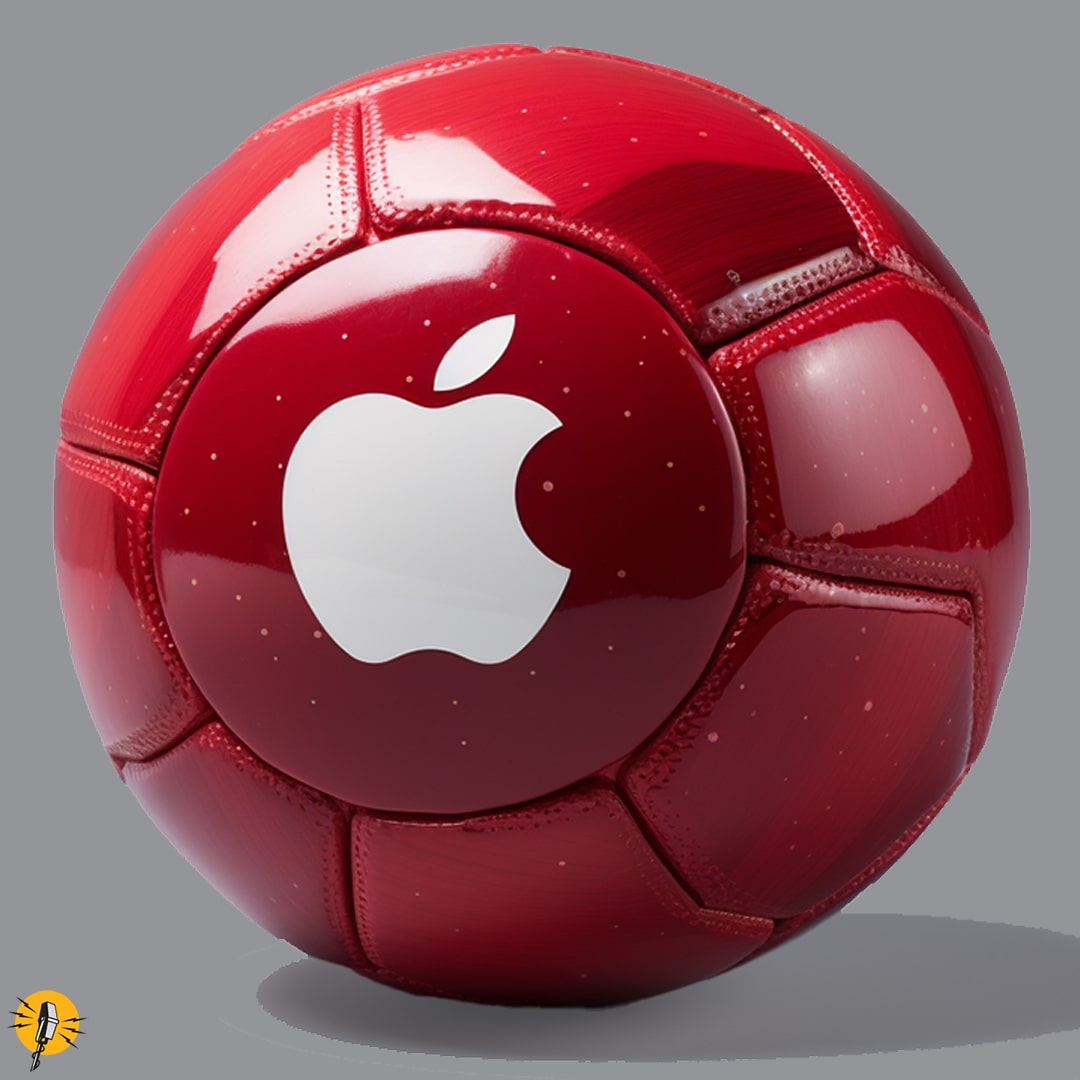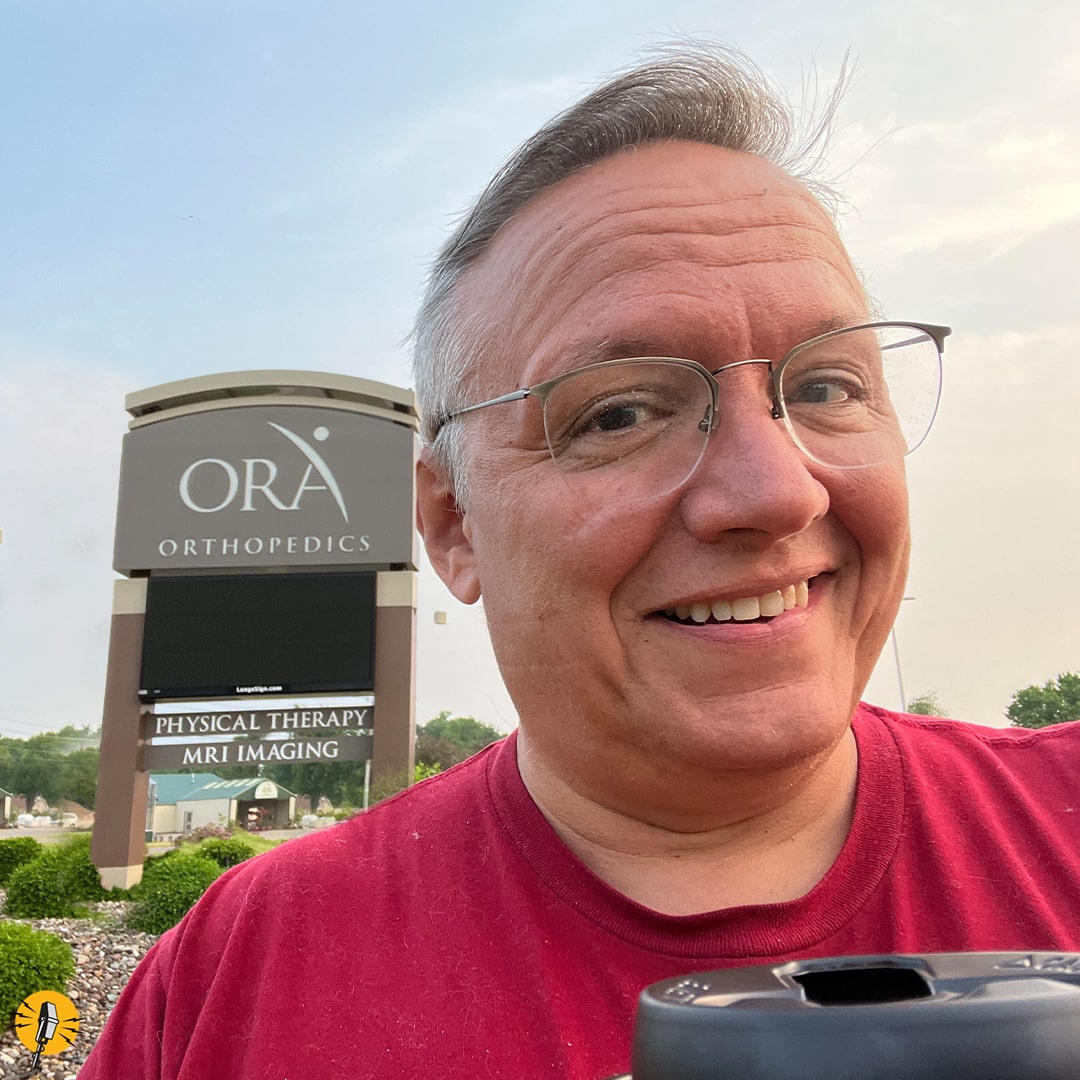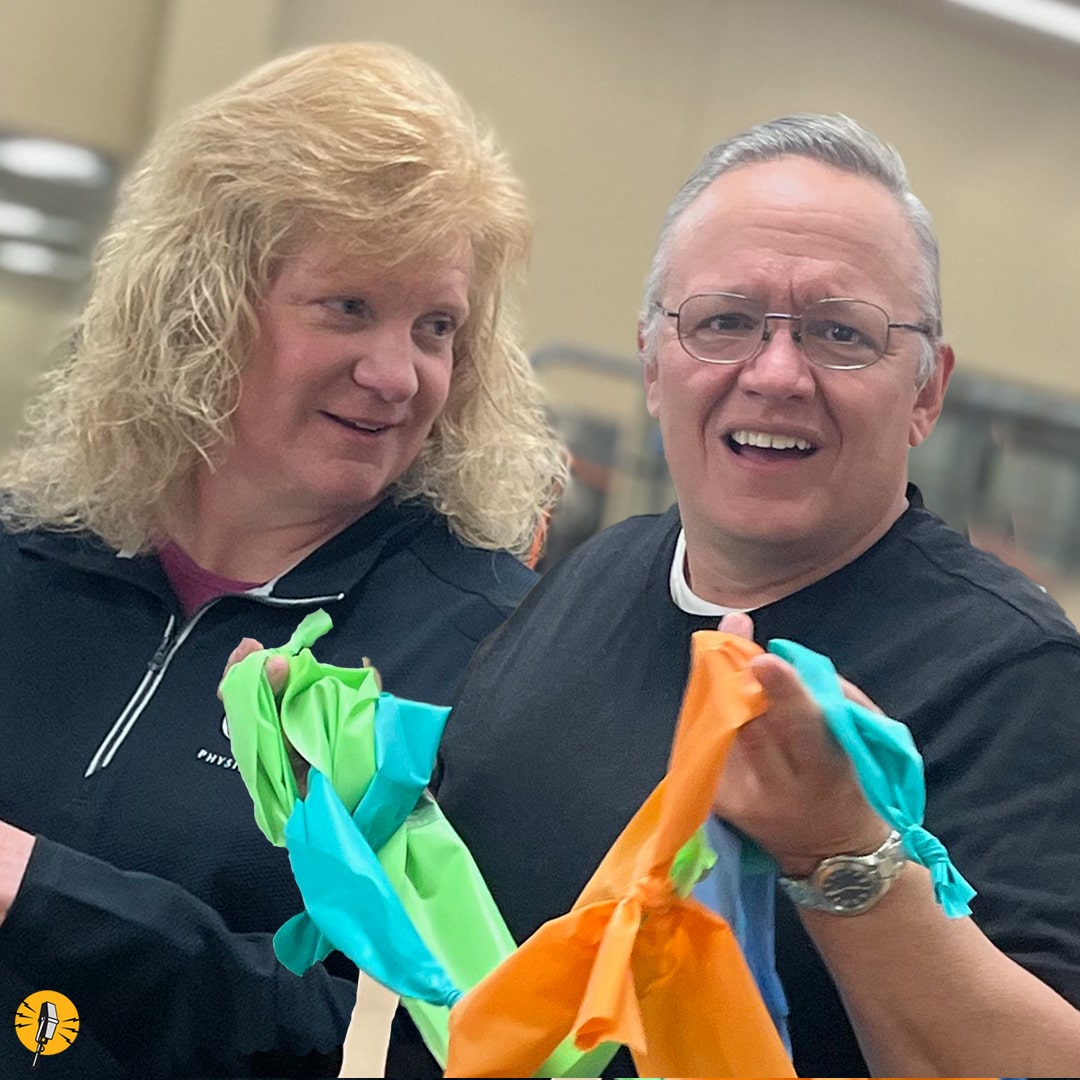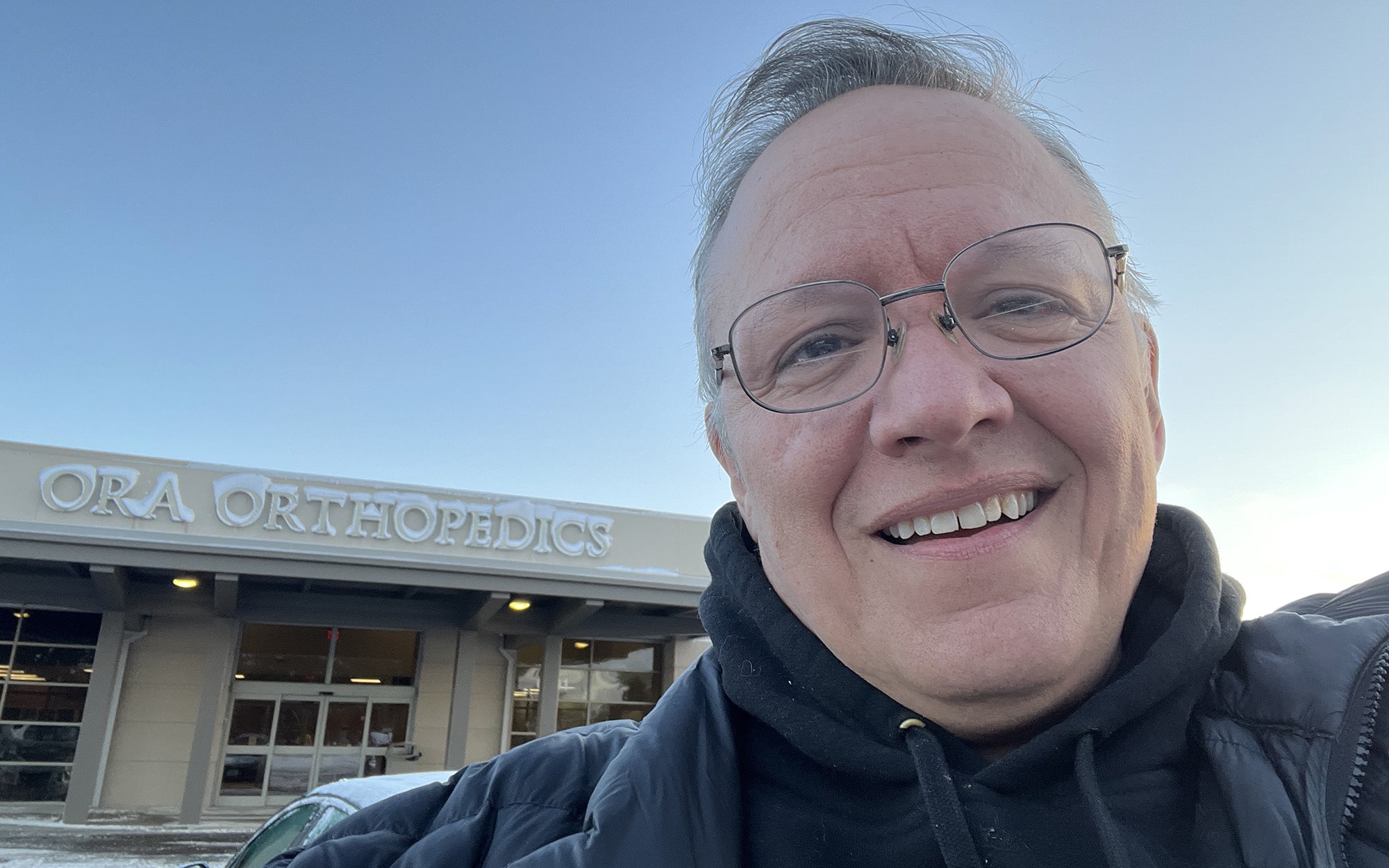
They say “attitude is everything.” Here’s why a positive attitude can make all the difference in how you recover from an injury.
You know what they say … “attitude is everything.” I’m not exactly sure who says that, but it seems legit to me. But don’t take my word for it, I’ve found honest-to-goodness research that backs up the claim.
An attitude of gratitude
Research conducted in 1999 suggested that a positive mental attitude (and traits associated with that outlook) were related to a shorter rehabilitation. According to researchers, those people with a positive attitude going into rehab healed faster and were less anxious about re-aggravating their injury once they returned to their everyday life.
From my personal experience, I can tell you that coming at my recovery from a positive point-of-view has helped me make lemonade out of some very real lemons. I’ve reconnected with people I haven’t seen or heard from in years. I’ve made some new friends along the way, too.
But most of all, I’ve developed a real sense of what’s important.
This realignment of personal priorities is, I suppose, not atypical for people who suffer some kind of major trauma. Physical limitations and constant pain are two reminders of your injury that never go away – so staying focused on the future and positive about the present is essential to your recovery.
Setbacks are normal. That’s why attitude matters.

Time for PT! I’m an early-riser, so a 6:15 appointment is no problem. Well, not without a cup of coffee on a cold winter’s morning.
Focusing on the positive things in your life over the trauma you’ve just experienced makes you realize your life isn’t just one big disaster. Those positive things can pull you out of that feeling of isolation and makes it easier for you to make good choices when it comes to your healthful recovery.
It’s easy for those recovering from significant injuries to feel like their lives are over. The grind of therapy mixed with daily experiences of improvements and setbacks can make you feel like your life has changed forever and you’ll never be healed again.
But those feelings are often the result of our own ignorance about how our bodies heal and how long the recovery process actually takes. This is where having a supportive family, uplifting friends, and wise caregivers can really make a difference.
“A positive attitude definitely helps keep my patients headed in the right direction,” says Kathryn Ellsworth, PT, DPT, OCS (and who also happens to be my therapist). “I’ve seen a lot of situations where the motivation to do something – a big goal beyond the home exercise program we might develop for a patient as part of their therapy – helps keeps them motivated and focused. And that means progress in the long-run.”
Every day isn’t going to be sunshine and rainbows.
If anything, Katherine is a realist. As important as an “attitude of gratitude” is to getting healthy, she’s seen me when I’ve been in pain (and been the cause of it a time or two, to be honest), and she has a bit of wisdom to share with patients when they’re experiencing a setback or feel down.
“It’s easy to get discouraged,” explains Kathryn. “In therapy, we often take two steps forward and then one step back, but we can’t let that stand in the way of long-term progress.”
“I usually break big, aspirational goals a patient brings to therapy down into smaller, achievable goals. We try to achieve something every week, because that helps keep people motivated to get better and get back to the things they love about their lives. But you can’t get there right away. It takes time.”
The healing process takes time and a little help from others.
Maybe the biggest perspective shift an injured person needs to make is coming to terms with just how long their “recovery” is going to take. Body parts that have been severely injured can take 9-12 months (or longer) to recover. And even after recovery, you may not ever be “as good as new.”
The body’s ability to heal is nothing short of remarkable. Bones, soft tissues, and nerves can repair themselves in a matter of weeks or months (sometimes with a little surgical assistance). But that healing process takes its own toll.
Allowing your body the time to heal often means you have to also limit movement and restrict mobility so it can repair itself.
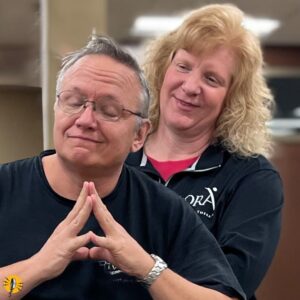
Kathryn doesn’t always buy it when I try to share a little of that “motivation” that keeps bringing me back to PT.
Once you’re out of the cast, boot, or sling, you begin the long process of recovery and rehabilitation. This is where your outlook, desire, and the experience of the team you have assembled around you to help makes a huge difference. And while the work your therapist focuses on the part of your body that’s broken, the work that needs to be done between your ears is up to you.
Don’t be afraid to ask for help. Whether it comes from a friend, a faith leader, a mental health professional, or your family, you don’t have to go through it alone. It’s work. Sometimes harder than the bands or balls or machines your PT will put you on as you try to rebuild what’s been broken.
But you can do it. You just need to remember you can’t do it alone, and sometimes you’ll find help from the most unexpected places.
More on that later.

